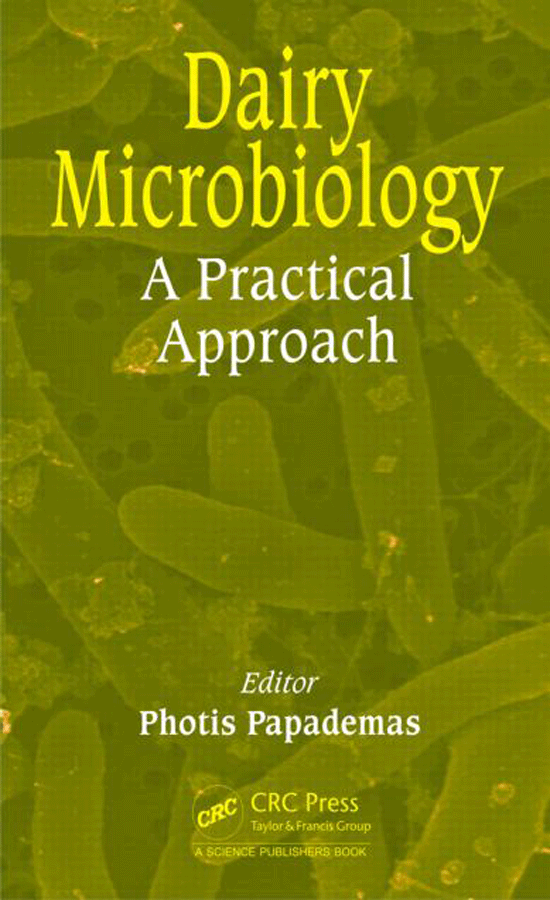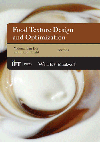Hygienic design is a design process or a set of design principles to manage hazards and reduce food safety risks in food processing equipment, processes and facilities. For this article, we will concentrate solely on equipment with one very big proviso – equipment design is only one of many inter-related elements. We must take a holistic approach to hygienic design and consider all of these elements: facility design, cleaning and sanitizing, operational design and good manufacturing practices (GMPs), and the food safety/quality programs and related regulations for each industry segment. Failure to address hygienic design during development and implementation will result in failure of these programs. A “holistic approach” is also threaded throughout the compliance requirements of regulations under the Food Safety Modernization Act (FSMA).
Standards for all
3-A Sanitary Standards are often viewed as uniquely applicable to equipment for milk processing. Today, these standards are widely applicable to virtually all types of food systems, for both human and animal foods. It does not matter whether you are processing dairy products, meat products, fruits, bakery products or any other food product, the equipment design basics are the same. For functional reasons, equipment may vary in specified materials, surface finish and/or radius size, or may have additional requirements for a specific process.
Core elements for equipment design
Hygienic design must begin with the very first lines on a blueprint and the specification of all food processing equipment/systems. The criteria found in “3-A Sanitary Standards for General Requirements,” approved as an American National Standard in 2014, hold special benefit and utility for food processing equipment. These criteria address the features of both food product contact and non-product contact surfaces which affect cleanability, including materials and surface finishes, radii on wetted surfaces, drainability, cleaning methods and chemistry plus the ability to expose surfaces to cleaning solutions.
Here are just a few of the core elements of equipment design for food product contact surfaces addressed in the General Requirements:
- Materials. Whether it is a metal, elastomer or plastic, the requirements are essentially the same. The material must be inert, nontoxic, noncorrosive, nonreactive, noncontaminating, nonporous, nonabsorbent and impervious to moisture. The second criterion is mechanical properties: durability, smoothness and free of cracks and crevices.
- 304 stainless steel is an example of a material that meets the hygienic requirements for materials. The General Requirements specify a product contact surface shall have a roughness average of less than 32 Ra (roughness average).
- Permanent Joints. Improperly constructed and finished permanent joints can create surfaces that are not cleanable and are harborage areas for food hazards. Therefore, all permanent joints shall be constructed to assure cleanability. The General Requirements outline hygienic methods to produce hygienic joints. Crevice-free and bacteria-tight are the key design features for a hygienic joint.
- Accessibility. Hygienic equipment must be designed and manufactured such that all surfaces are accessible for cleaning, sanitizing and inspection. Regardless of which cleaning method is used, such as manual, clean-in-place (CIP) or Clean-out-of-Place (COP), the criteria remain the same.
- Self-Draining. All surfaces must be free or self-draining. Horizontal surfaces must be pitched or sloped to prevent pooling or retention of liquid. Typically a ⅛-inch pitch per linear foot is recommended. There should not be any “dead ends” or areas which cannot be reached by cleaning and sanitizing substances.
- Radii. The radius of intersecting planes affects the ease of cleaning. Sharp corners are hard to clean, while large smooth radii are easier and more reliably cleaned. Good hygienic design requires a minimum of a ¼-inch radius for angles that are less than 135 degrees. A ¼-inch radius is a minimum recommendation. Smaller radii may be allowed in certain applications (e.g. gasket grooves) for functional reasons.
Inspection is paramount
This list of design considerations increases as the sophistication of the equipment increases. Inclusion of spray-cleaning devices opens up design consideration for flow patterns and component placement to eliminate the possibility of shadow areas that will not be properly treated. The attachment of appurtenances, such as valves and sensors and personal access ports, raise more issues that the designer must consider to assure cleanability, as well as the inspectability of the interior product contact surfaces. No matter how efficient a cleaning system is designed, the surfaces have to be inspected periodically.






